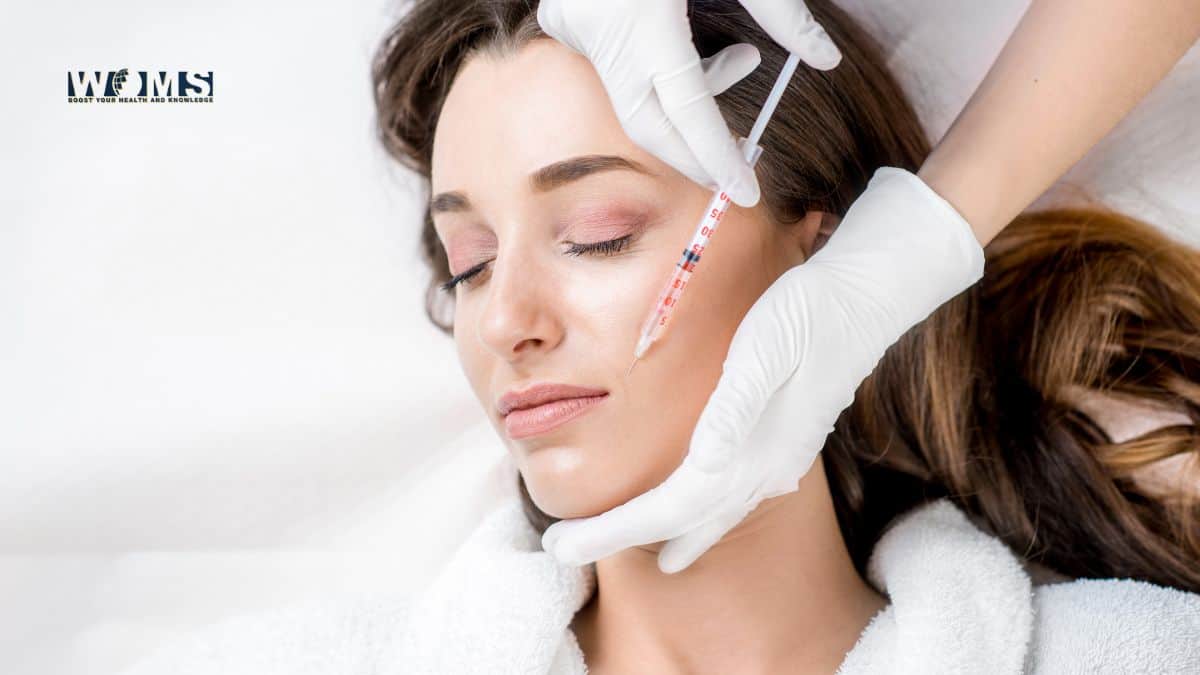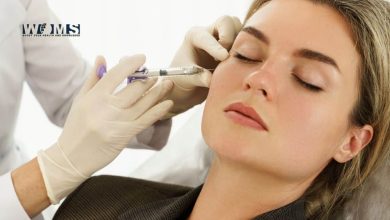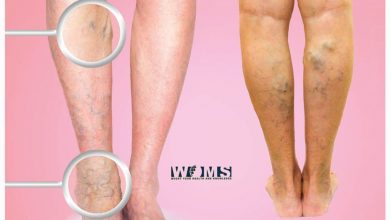Communicating Botox Safety: Best Practices for Medical Practitioners

In recent years, Botox has gained substantial popularity for its cosmetic and therapeutic applications. As the demand for Botox treatments continues to rise, it becomes increasingly crucial for medical practitioners to effectively communicate the safety and efficacy of this procedure to their patients. Clear and transparent communication is key to ensuring patients are well-informed and comfortable with their decision to undergo Botox treatment. This article explores best practices for medical practitioners in educating their patients about Botox safety.
Understanding Patient Concerns
Patients often approach Botox with a mix of curiosity and apprehension. Common concerns include fear of unnatural results, potential side effects, pain during administration, and long-term health implications. Additionally, many patients are influenced by misinformation from non-medical sources such as social media and popular culture. As a medical practitioner, it is essential to understand these concerns and address them proactively.
The first step in understanding patient concerns is active listening. During consultations, allow patients to express their fears and questions freely. This helps build trust and provides insight into the specific areas where patients need more information. By acknowledging and validating their concerns, practitioners can create a more open and reassuring dialogue.
Building Trust Through Transparency
Trust is the foundation of any successful patient-practitioner relationship. One of the most effective ways to build trust is through transparency. Share detailed information about the clinical trials and regulatory approvals that Botox has undergone. Explain that Botox is FDA-approved for various applications and has been extensively studied for safety and efficacy.
It is also important to discuss the potential risks and side effects of Botox candidly. While Botox is generally safe when administered by qualified professionals, side effects such as bruising, swelling, or, more rarely, drooping eyelids can occur. By providing this information upfront, practitioners demonstrate honesty and integrity, which can significantly enhance patient trust.
Safety Standards of Botox in Modern Medicine
Botox is subject to rigorous safety standards in modern medicine to ensure its safe and effective use. These standards are established and enforced by regulatory bodies such as the U.S. Food and Drug Administration (FDA) and similar organizations worldwide. The stringent processes that Botox undergoes before it reaches the market are a testament to its safety and reliability.
Regulatory Approval and Clinical Trials
Before Botox was approved for cosmetic and medical use, it underwent extensive clinical trials. These trials are designed to evaluate the treatment’s efficacy, safety, and potential side effects. The FDA’s approval process involves multiple phases of clinical trials, including laboratory research, animal studies, and several phases of human trials. Before progressing to the next stage, each phase must demonstrate positive outcomes and manageable side effects. This thorough vetting process ensures that Botox meets high safety standards before it is available to the public.
Ongoing Safety Monitoring
Even after Botox receives regulatory approval, its safety continues to be monitored. Post-marketing surveillance programs collect data on the drug’s performance in real-world settings, helping to identify any rare or long-term side effects that may not have been evident in clinical trials. This continuous monitoring allows for prompt action if any new safety concerns arise.
Quality Control in Manufacturing
Botox’s manufacturing process is tightly controlled to maintain its purity and potency. Allergan, the pharmaceutical company that produces Botox, adheres to Good Manufacturing Practices (GMP) to ensure that each batch meets strict quality standards. These practices include precise formulation, aseptic processing, and rigorous final product testing. Quality control measures are vital in ensuring that patients receive a consistent and safe product every time.
Practitioner Qualifications and Training
The safe administration of Botox is also highly dependent on the qualifications and training of the practitioners. Medical professionals who administer Botox must have specialized training to understand the correct dosages, injection techniques, and anatomical considerations. Certification programs and continuous education ensure practitioners are well-equipped to safely and effectively deliver Botox. This professional training minimizes the risk of complications and enhances the procedure’s overall safety.
Patient Safety Protocols
In addition to regulatory and manufacturing standards, medical practices adhere to strict patient safety protocols. These protocols include thorough pre-treatment evaluations to assess patient suitability, detailed informed consent processes, and comprehensive post-treatment care. By following these protocols, practitioners can reduce the risk of adverse effects and ensure that patients are well-informed and prepared for the procedure.
In summary, Botox’s safety standards in modern medicine encompass rigorous regulatory approval processes, ongoing safety monitoring, stringent manufacturing controls, practitioner qualifications, and comprehensive patient safety protocols. These measures collectively ensure that Botox is a safe and reliable treatment option for patients seeking both cosmetic and therapeutic benefits.
Effective Communication Strategies
Effective communication involves more than just providing information; it requires delivering that information in a way that is understandable and relatable to the patient. One strategy is to simplify medical jargon. Use layman’s terms to explain how Botox works, its benefits, and any potential risks. Avoiding overly technical language helps ensure that patients fully grasp the information being presented.
Visual aids can also be powerful tools in patient education. Diagrams, before-and-after photos, and videos can help patients visualize the treatment process and outcomes. Visual aids make complex information more digestible and can alleviate some of the anxiety associated with the unknown aspects of Botox treatment.
Another strategy is to share real-life success stories and testimonials. While maintaining patient confidentiality, practitioners can provide anonymized examples of successful treatments to illustrate the positive impact of Botox. Hearing about positive experiences from others can be reassuring and inspiring for patients considering the treatment.
Continuous Education and Follow-Up
Patient education should not end after the initial consultation. Providing patients with up-to-date resources and information about Botox is essential for ongoing education. This can include brochures, reputable websites, and access to professional articles. Encouraging patients to do their own research from credible sources can empower them to make informed decisions.
Scheduling follow-up appointments is another critical aspect of continuous education. Follow-ups allow practitioners to monitor the patient’s progress, address any concerns that may arise post-treatment, and provide additional information as needed. Regular follow-ups demonstrate a commitment to patient care and can help in building long-term relationships.
Conclusion: Empowering Patients with Knowledge
In conclusion, educating patients about the safety of Botox is a multifaceted process that requires empathy, transparency, and effective communication strategies. By understanding and addressing patient concerns, building trust through transparency, simplifying complex information, and providing continuous education, medical practitioners can empower their patients to make informed decisions about Botox treatment.
Empowering patients with knowledge enhances their confidence in the treatment and fosters a stronger, trust-based relationship between the patient and practitioner. As the popularity of Botox continues to grow, the role of effective communication in patient education becomes increasingly important. By adopting these best practices, medical practitioners can ensure that their patients are well-informed, comfortable, and satisfied with their Botox experience.




